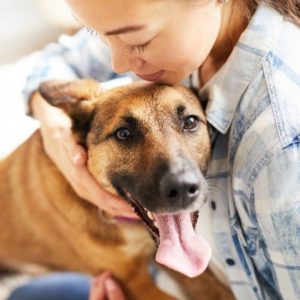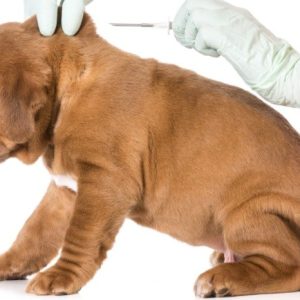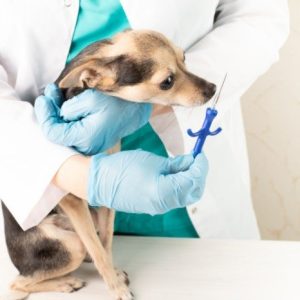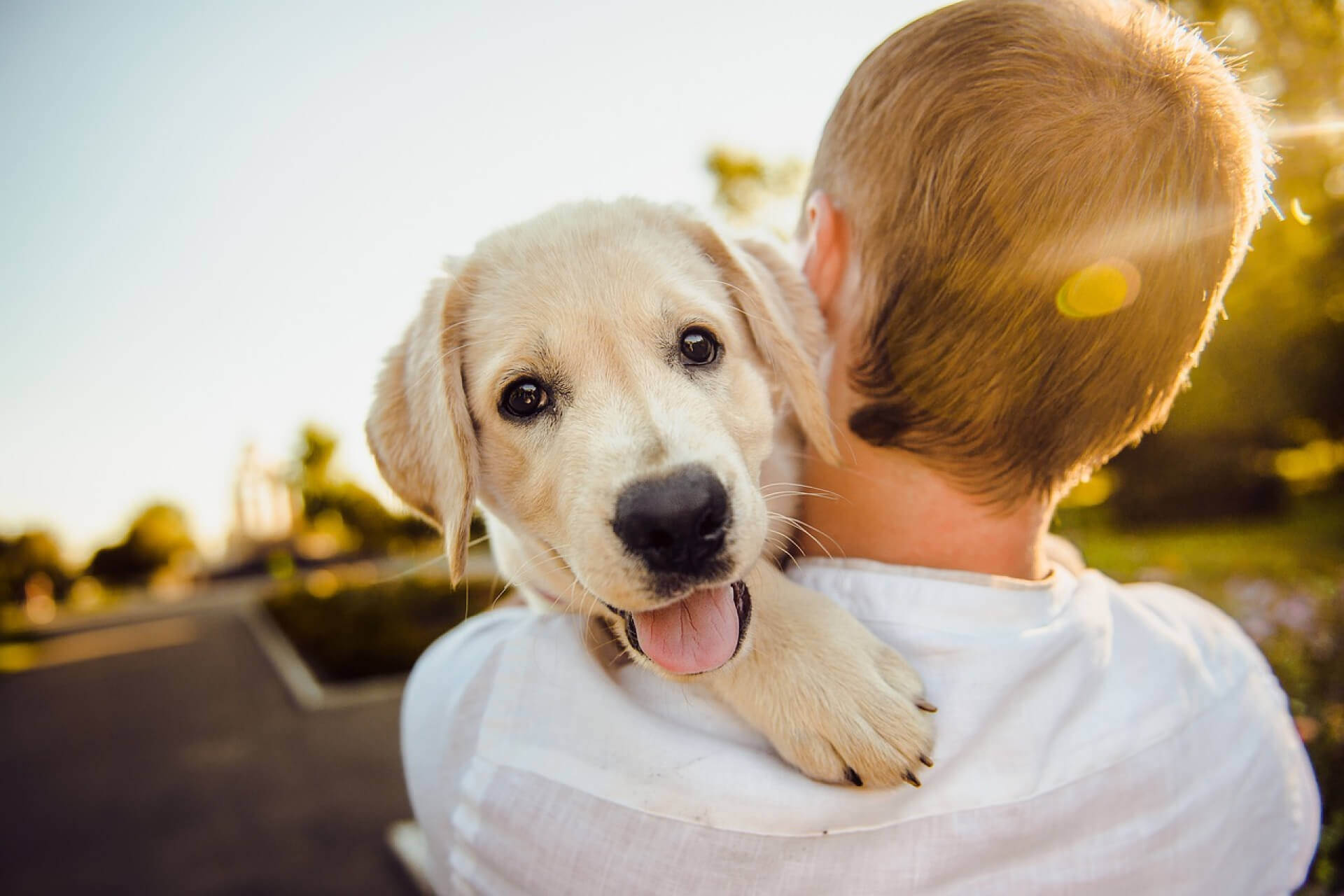Lost pets come home with Peeva.
Your pet’s microchip can’t be read by all scanners.

More about the microchip Mess.
People began microchipping companion animals in the early ’90s. Avid was the first to go to the market and began encrypting their 125 kHz microchip to ensure any other brand’s scanner could not read them. This was a monetization play as they had already captured a large percentage of the market. Veterinarians and shelters would then be strong-armed into purchasing their scanners and continuing to distribute their encrypted microchips.

That led to the development of an international standard based on a radio frequency different from the 128 kHz unencrypted and 125 kHz encrypted chips (produced by AVID) in the United States. There was a proposal to make the standard based on an unencrypted 125 kHz, but there was a lack of consensus (and) support by the manufacturers, who felt this would favor Avid over the others. As a result, a completely ‘new’ communication frequency was the only acceptable compromise. The predominant signal for ISO then went with 134.2 kHz.
In 1996 the International Organization for Standardization (ISO), set the ISO guidelines for microchips and, according to a report by the American Veterinary Medical Association (AVMA), they were accepted by Asia, Australia, Canada, and Europe. Although the American National Standards Institute ANSI, a non-profit organization that coordinates voluntary standards in the private sector, endorsed the ISO guidelines, U.S. companies competing for market share objected for business reasons and claimed the new standard violated patents and threatened litigation if the new standard was brought to the US.
Efforts: Banfield debacle
Banfield then stepped up to the task to sell the new ISO chips, but they did not sell the scanners to go along with them, so pets with these chips were euthanized in shelters that did not have the scanners. source
In addition to ISO 134.2-kHz chips coming in, AKC CAR began in 2007 to distribute chips made by Trovan Electronic Identification Devices Ltd. that operate on 128 kHz.
Unlike AVID, Schering-Plough, through its HomeAgain business unit, began selling an ISO-compliant 134.2-kHz chip, but they also continue to sell a 125-kHz chip. Their strategy is to sell more microchips as the majority of HomeAgain chips are outfitted with 125-kHz devices, the company’s sales are split evenly between the two options.
In 2007, the United States Department of Agriculture’s Animal and Plant Health Inspection Service looked into the issue and concluded that it wasn’t authorized to mandate a national standard for pet microchips or scanners.
No universal scanner can read all microchips
Dr. Linda Lord, at Ohio State University’s College of Veterinary Medicine, tested the scanners currently going to market as Universal and found neither to be 100% accurate. She fears A. People will eventually stop implanting microchips in their pets if they think they don’t work and 2. Veterinarians will ultimately write the technology off.
To resolve the missing pet epidemic a better system of data management is needed.
The veterinary field lags considerably behind other industries technologically. Veterinarians lack access to raw data let alone the ability to pull it all together.
If a microchip can be read — let alone detected — multiple registries need to be visited until a match is found. Then that registry needs to be called. Calls are often placed on hold for long periods and veterinarians do not have the time staff or resources to accommodate the overall process. It is much easier to assume the person that brought in the stolen pet is the rightful owner.
Aren’t there central pet registries?
1. Paid Central Registries
Every microchip company would like to have a central registry, but neither of those registries is willing to share their data with other registries. That is also a BIG part of the data problem.
2. What about the AAHA Universal Pet Microchip Looku
The AAHA universal pet microchip lookup tool, for example, requires that the microchip also is registered with the primary registry of the brand of microchip that the pet was implanted with. It also puts the onus on the pet owner to register with the AAHA tool directly. Pet owners are not aware of the lack of standardization issue that Peeva is resolving in the first place, so it should never be assumed a microchip is not registered if it can not be found in the lookup tool.
In conclusion, the pet microchip lookup tool is far from comprehensive.
3. FREE online central registries
There are numerous free central registries that can be found online, but they can actually compound the pet problem as anyone can register a microchip ID with no proof of ownership. These are also simply devices to collect data that can be sold to various organizations for marketing and spam purposes.
Peeva: Where Lost Pets Find Their Way Home
Transform your pet’s microchip into a lifeline. 24/7 phone support and lost pet alerts ensure your pet gets the help they need, when they need it.



